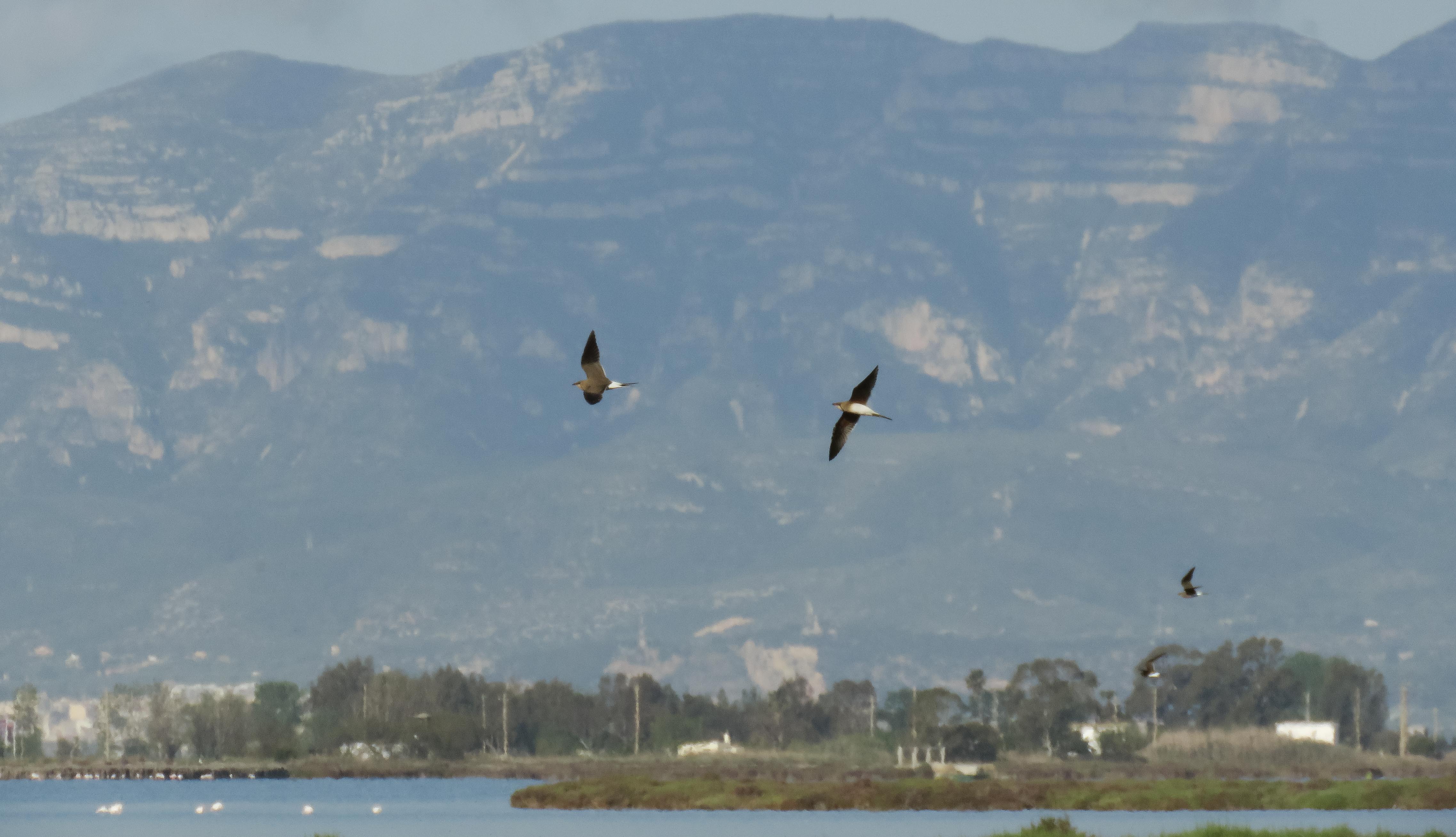Grey-headed Wagtail 1 first-summer male ex.
For thunbergi Van Duivenduk includes no or very narrow and short supercilia.
For thunbergi Van Duivenduk includes often dark breast(-side) patterning. Alstrom & Mild include either completely lacks white supercilium, or shows only a faint narrow short one behind eye, occasionally starting slightly in front of eye (often as an isolated white spot); never shows a long, complete supercilium.
First-summer male Grey-headed Wagtail in the Cuckmere (Matt Eade (above three images))
For thunbergi Van Duivenduk includes rear-crown and hind-neck colouration not sharply demarcated from mantle and upperparts often darker than in other forms. Alstrom & Mild include upperparts slightly duller than in flava, but much overlap.
For thunbergi Van Duivenduk includes culmen slightly straighter than in other forms, bill looks slightly upcurved (probably sometimes also in other forms). For thunbergi Alstrom & Mild include more often shows a 'necklace' of dark spots. Check out the similarity on Martin Garner's latest piece on Grey-headed Wagtails on his Birding Frontiers website http://birdingfrontiers.com/2013/05/13/grey-headed-wagtail-id/
For thunbergi Alstrom & Mild include forehead darker, blackish-grey, diffusely merging with grey on crown
First-summer male Grey-headed Wagtail in the Cuckmere (John Cooper (above three images))
First-summer male Grey-headed Wagtail in the Cuckmere
Another day and another great find by Matt. Certainly not an easy bird to either readily age let alone assign to form but after lengthy discussions with both Matt and JFC and on trying to digest as much information as possible in the shortest time from both literature and (mainly) the links Matt provides on his blog http://seafordbirding.blogspot.co.uk/
(or has forwarded by email) it being a first-summer male Grey-headed Wagtail does seem the 'best fit'. Alstrom & Mild suggest ageing thunbergi as a first-summer can be achieved by virtue of showing brown remiges but whilst that is not immediately apparent based on the images above nor is it so on all birds labelled as first-summer thunbergi? Reassuringly, for thunbergi, both Alstrom & Mild and Van Duivendijk do refer to a white throat also being indicative of a first-summer male. For thunbergi Van Duivenduk includes white throat but less sharply demarcated from breast than in Ashy-headed - JFC considered there to be a faint lemon-yellow wash to the lower throat that is just apparent in the images above. Females can appear surprisingly similar to first-summer males (and at least one at an East Coast location was considered likely to be a female until it started singing on its second day) but do show narrow supercilia lacked by the Cuckmere bird. I think we all would have preferred it to be sporting blacker lores and the front-side of its ear-coverts but perhaps the lack of can simply be explained by it being a first-summer male - take a look at some images labelled as such on the internet... no doubt our research will continue... a better understanding of the variation that can be shown, elimination of hybrids including Grey-headed x Blue-headed Wagtails, the fun has only just begun... though no doubt once more satisfactorily resolved, someone will tell us it was straightforward all along...
Grey-headed Wagtail in Finland June 2012 (Adrian Davey)
Clearly a near-identical first-summer individual in every respect including the lack of contrast between its ear-coverts and crown and even in showing a few odd pale flecks to its lower ear-coverts. Adrian has very kindly confirmed that he was based at Kuhmo, over half way up the eastern side of the country not far from the Russian border and that Grey-headed Wagtails (identification confirmed by reference to the Collins guide) were breeding there with adults seen calling to their fledged youngsters. The location is entirely consistent with the range of Grey-headed Wagtail M.f. thunbergi that includes all of Finland. It is also north of the alleged hybrid zone with M.f. flava that has been described as including southernmost Finland, although the inclusion of Finland at all is disputed by Alstrom & Mild (2003), as in their opinion the birds they have seen in southernmost Finland are all thunbergi. Whilst somewhat irrelevant now, for anyone interested, a Swedish website characterised hybrid Grey-headed x Blue-headed Wagtails as showing narrow white supercilia, a white lower white eye-ring therefore forming a very narrow white half-crescent below the eye and a hint of blue in the crown (features not shown by the Cuckmere bird) and a video of one such individual shows not only narrow supercilium, a blue tint to its crown but it was also sporting rich yellow wingbars (also not shown by the Cuckmere bird). In southernmost Sweden a hybrid zone exists being only c.100-150km wide.


















